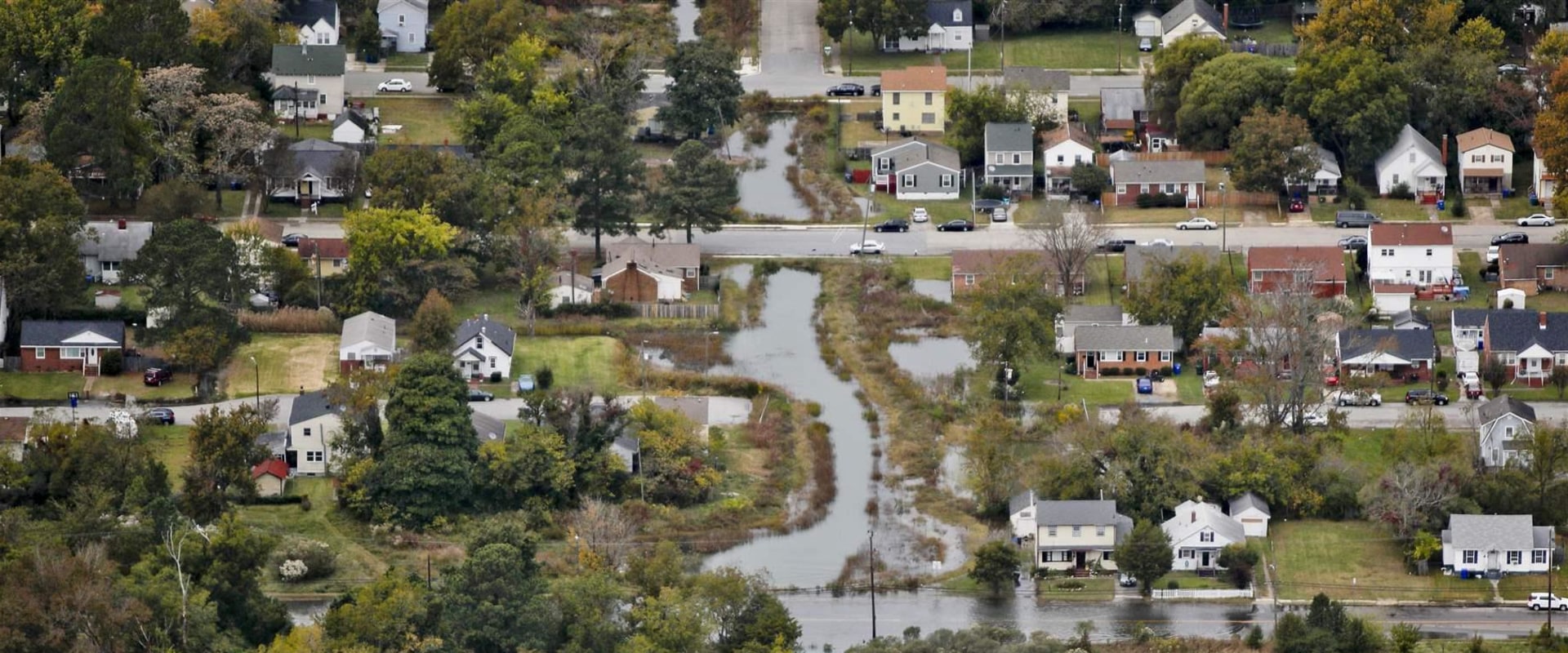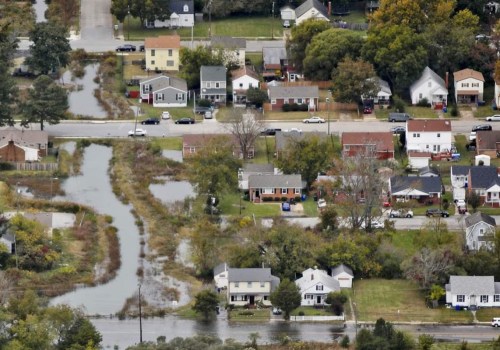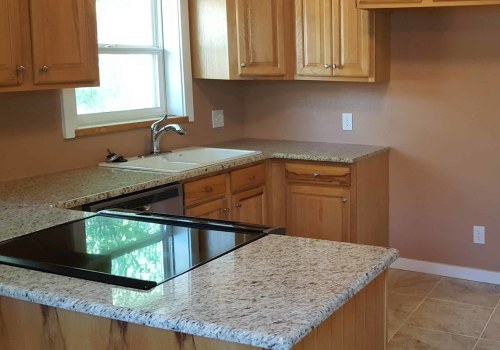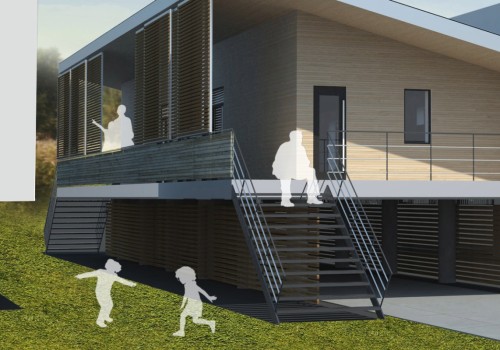All banks and lenders require federal flood insurance if the property they are on. When building in a flood zone, you should consider insurance. The risk of a home being flooded by hurricanes or a heavy downpour is probably not the first thing you think to check. However, the fact is that many U.S.
UU. Homes are in flood zones and, as the recent Yellowstone flood illustrates all too clearly, many homeowners are not properly aware of the risks or prepared to assume them. Most homes in high-risk flood areas are close to a body of water. For example, the Gulf Coast is one of the U.S.
Islands. The regions most vulnerable to hurricanes that cause floods. However, more than 20% of flood-related home insurance claims occur in non-flood areas, so no one should assume that they are safe. And due to climate changes, floods may also become more common.
According to Popular Science, “nearly 15 million U.S. properties are at substantial risk of flooding over the next 30 years, and it's almost certain that more than three million will be underwater sometime during that time.”. So how can you find out if your home is in a flood zone and, if so, how can you assess the magnitude of this risk and what protections you can implement? Whether you own a home or are thinking of buying one, here's how to find out. Moderate flood zones are labeled with a B or an X and reflect an annual probability of 0.2% of a flood (a 500-year flood is also considered).
The areas with the lowest probability of flooding are labeled with a C or an X. These areas are outside the SFHA zones and are at higher elevations. While FEMA flood maps are a reliable government resource on floods, one disadvantage is that many of their maps are decades old, meaning that you may not get the most up-to-date snapshot of a home's flood risk. Therefore, while FEMA data is used to determine insurance risk and building code requirements, they don't necessarily calculate the likelihood that a property will be flooded in the future.
While FEMA maps and flood factor rankings can certainly help you get an idea of the flood risk of a property, you should know that these numbers are just the beginning and are in no way a crystal ball that shows you the future flood risk of a property with 100% certainty. In addition to flood maps, other resources you can consult include tax records databases and title searches, which should indicate the flood risk of a property. While every state has property disclosure laws, the specific laws related to the state of the FEMA flood zone vary from state to state, says Johnny Harper, owner of J and J Home Inspections in Nashville, Tennessee. Federal laws do not require the disclosure of previous floods.
However, in states such as New York, sellers are required by law to disclose to a potential buyer if the property is in a floodplain or if it has been flooded before. However, regardless of state laws, “full disclosure is undoubtedly an ethical responsibility of the seller and the sales agent,” Harper says. As a homebuyer, you should research property and flood maps (or ask your real estate agent to check) to see if you are in a flood-threatened area. If you're getting funding, the mortgage company will also be investigating the most up-to-date flood zoning.
Claim your home to keep up to date on the value and equity of your home. Did you know that most home insurance policies don't cover damage or other losses caused by floods? Generally, homes in high-risk areas must purchase additional flood insurance. Of course, the amount you pay will vary depending on your property's flood risk and where you are in the floodplain, as specified in the flood insurance rate map. Flood insurance costs will also depend on the house, and will include factors such as the years of construction, the number of floors, the location of the lowest floor (relative to the base elevation of the flood on a flood map), the occupancy of the building, the location of the contents, and your deductible.
Buyers may also consider the property to be less desirable if the risk of damage from future floods is high, so a highly motivated seller might price the house a little bit lower as a result. As a buyer, if you believe that the price of a home is high relative to the risk of flooding, this is undoubtedly a bargaining point. If you live in a moderate-low-risk area inside or outside a floodplain, should you take out flood insurance? In some cases, having flood insurance pays off because of the peace of mind and protection it offers. As you look at the FEMA map, also keep in mind that only a portion of your lot, and perhaps not your real home, may be in the flood zone.
Margaret Heidenry is a writer who lives in Brooklyn, NY. His work has appeared in the New York Times, Vanity Fair and Boston Magazine. It could mean having to evacuate your home and find temporary shelter while repairs are being completed, or even having to completely rebuild the house or relocate and start over somewhere else. If you are currently looking for a new home in a flood zone, you should weigh the risk posed by flooding before proceeding with the purchase.
You can use the FEMA Flood Map Service Center to find out if your home or a home you are considering buying is in a high-risk flood area. Therefore, this compensation may affect how, where, and in what order the products appear in the ad categories, except when prohibited by law for our mortgage, home equity and other home loan products. .








Leave Message